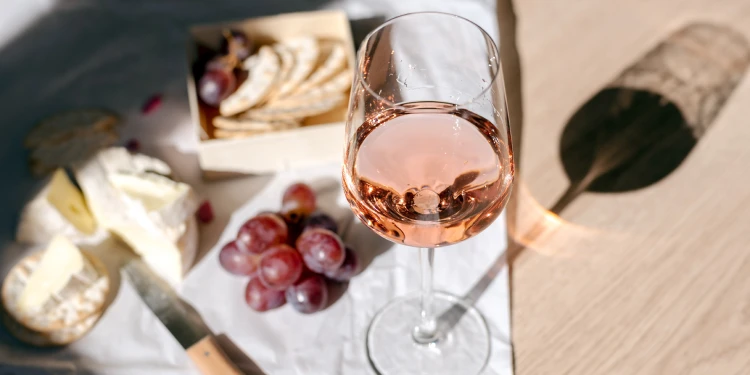Some basic rules for pairing wine and food
Basic rule 1: Flavour before complexity
It doesn't always have to be the most expensive wine; it is more important that it harmonises with the intensity of the dish. Sauces often play a central role in this. For example, a rather subtle Wiener schnitzel should not be accompanied by an overly complex wine such as a wood-aged Chardonnay, but rather a fresh Grüner Veltliner. On the other hand, a fish dish in a creamy sauce is more suited to a strong Burgundy than a light Veltliner.
Basic rule 2: Similar intensity
The strength of wine and food should be balanced. If you have a roast chicken, a young Chardonnay characterised by wood will not go well with it because it would dominate the chicken. However, a young Grüner Veltliner or Welschriesling harmonises very well. This, on the other hand, would completely drown out a roast chicken with cream and morels. It needs something strongly flavoured, which includes a classic white Burgundy.
Basic rule 3: Pay attention to the fat content
Not all fats are the same, which is very important when pairing wine and food. Unsaturated fatty acids (vegetable fat, oil or fish fat) have a creamy and energising effect. Saturated fatty acids (animal fats, cream or butter) have a dense and coating effect.
Basic rule 4: Sauces are the key
Sauces essentially determine the harmony between wine and food.
Basic rule 5: Maturity and freshness
A classic example here is Sauvignon Blanc and goat's cheese. Sancerre and Chavignol are a regional match. Sometimes wine and cheese come from the same place. The rule is: if the cheese is young, the wine should also be young. If the cheese is mature, the wine should also be mature.























